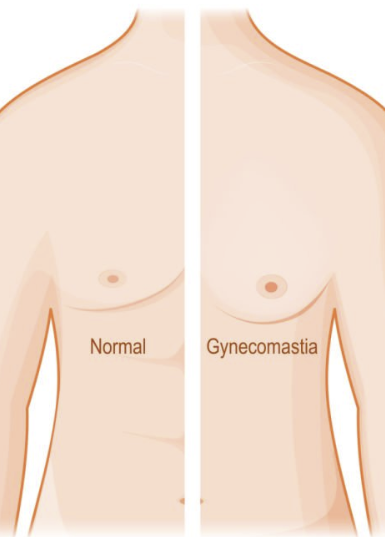
Gynecomastia
Gynecomastia is the medical term for the condition in which males experience breast enlargement. It can occur unilaterally (on one side) or bilaterally (on both sides) and may lead to negative social and psychological effects. While the exact cause is often idiopathic (unknown), it can result from certain hormone imbalances, medication use, and chronic conditions such as liver, thyroid, or kidney diseases. Gynecomastia may be characterized by an increase in breast glandular tissue, fat tissue, or both. Through a doctor’s examination and diagnostic tests, the underlying tissue causing the issue can be identified, and an appropriate treatment plan can be established. Liposuction is often preferred for treating gynecomastia with a significant amount of fat tissue, whereas cases involving more breast glandular tissue may require surgical excision alongside liposuction. In situations with excess skin, procedures such as VASER (ultrasonic) liposuction can help tighten the skin. However, in cases of larger and sagging breasts, surgical removal of excess skin may be necessary.
